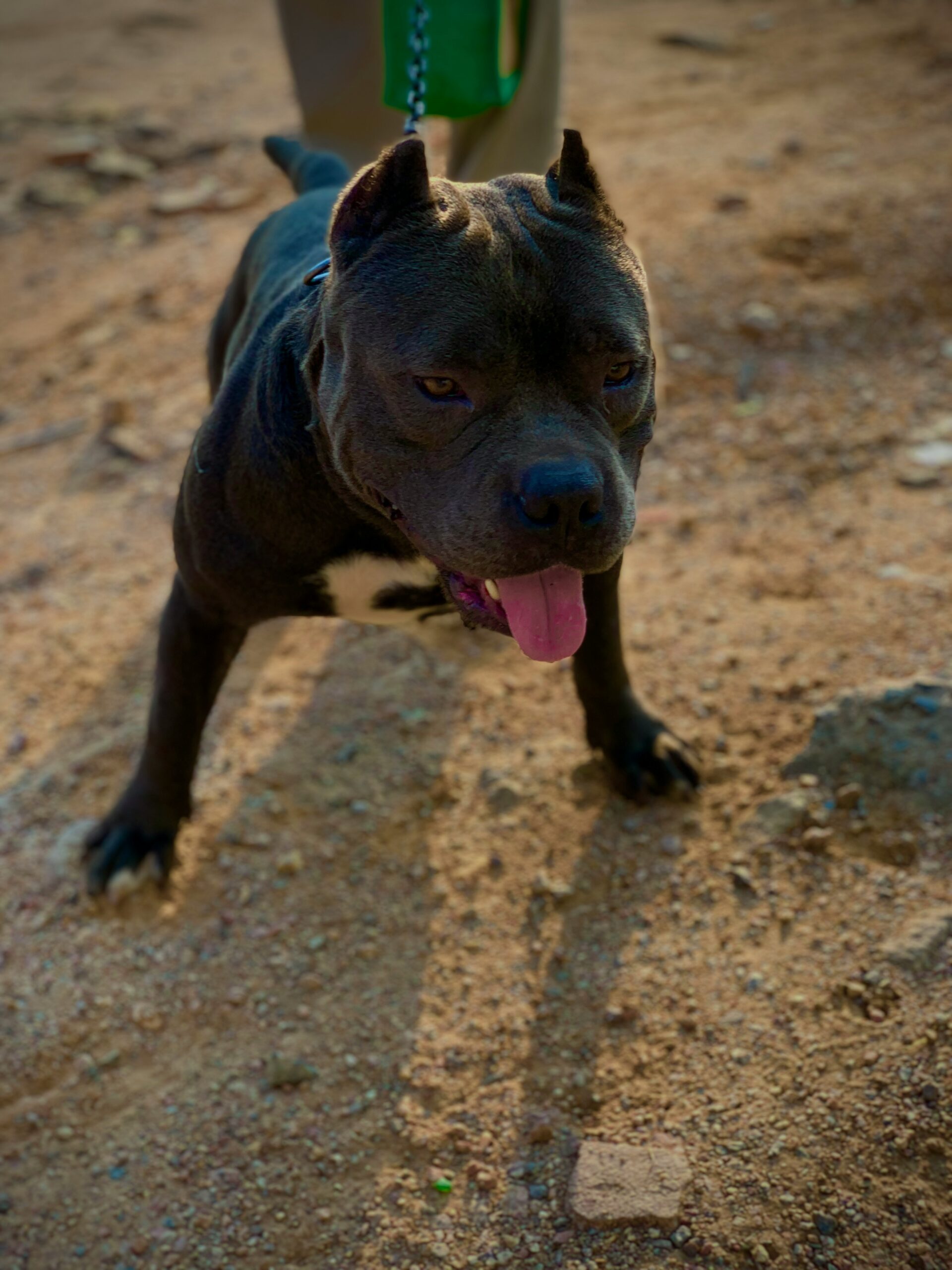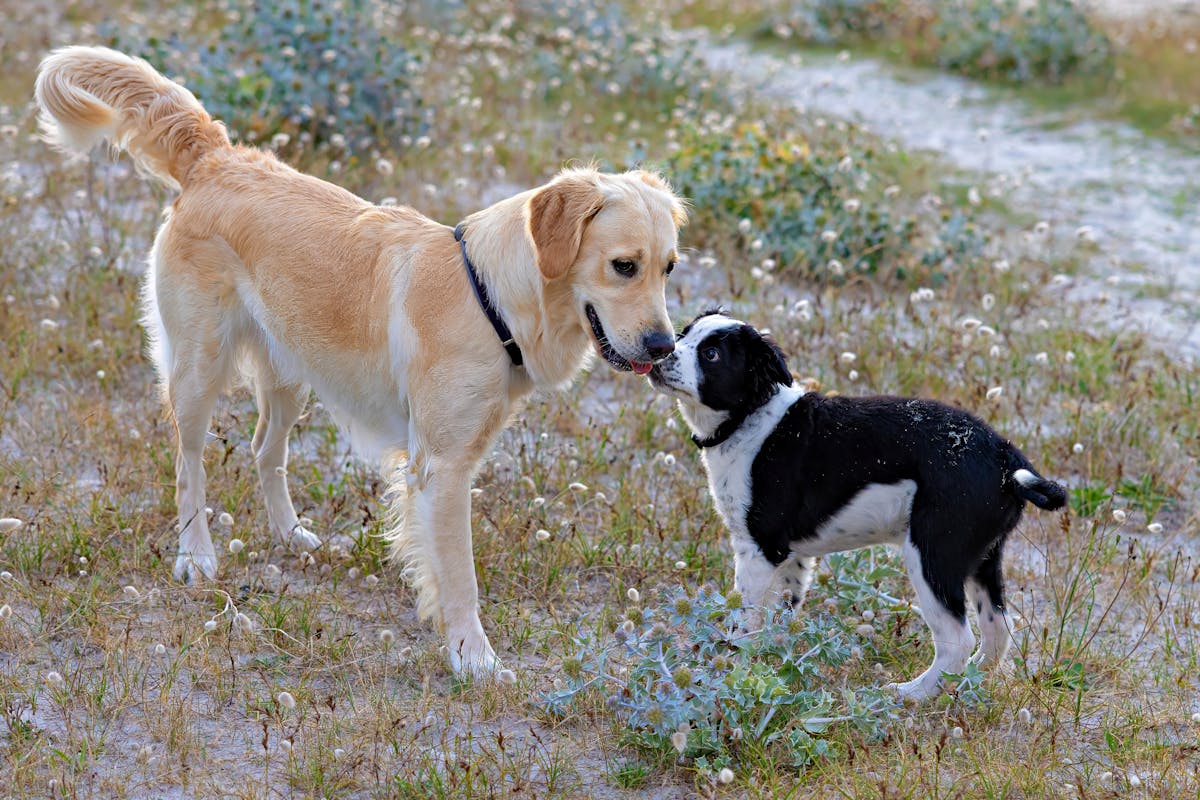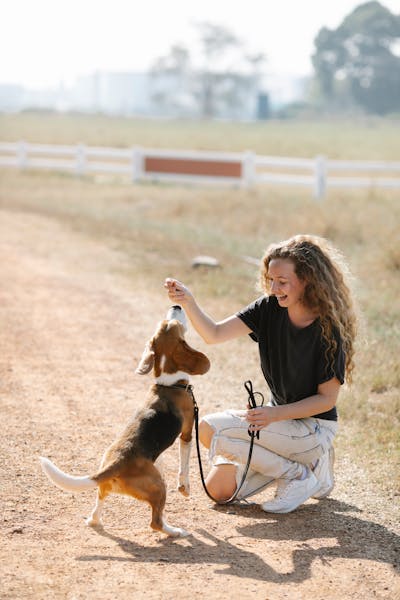Are You Unintentionally Undermining Your Dog’s Happiness? Avoid These Common Mistakes

You adore your dog—you provide food, affection, and endless cuddles. But could your well-meaning actions inadvertently be harming their well-being? Despite your love, certain everyday habits might contribute to your dog’s anxiety, confusion, or long-term health problems.
Many pet owners unknowingly engage in behaviors that diminish their dog’s quality of life. Let’s address these critical mistakes—because when it comes to your dog’s happiness, awareness is the first step toward improvement.
1. Inconsistent Training: A Recipe for Anxiety
One day, you allow your dog on the couch; the next, you scold them for it. You laugh when they jump on guests at home but reprimand them for doing the same in public.
This inconsistency confuses your dog. Canines thrive on structure, and unpredictable rules create stress. Imagine living in a world where expectations changed daily—this is how your dog feels without clear boundaries.
Solution: Establish consistent rules and reinforce them positively. Reward desired behaviors and avoid mixed signals.

2. Overfeeding: Love Shouldn’t Shorten Their Life
Sharing extra treats or table scraps may seem harmless, but overfeeding leads to obesity, joint issues, and a shorter lifespan. Worse, many human foods (chocolate, grapes, onions) are toxic to dogs.
Solution: Measure meals carefully and reserve treats for training. Show love through playtime or a long walk instead of food.

3. Neglecting Mental and Physical Stimulation
A bored dog is an unhappy dog. Without proper exercise and mental engagement, dogs develop destructive habits—chewing, barking, or digging—out of frustration, not defiance.
Solution: Provide daily walks, interactive toys, and breed-appropriate activities. A stimulated dog is a content dog.

4. Misreading Canine Body Language
Dogs communicate through subtle cues: a yawn may signal stress, a tucked tail indicates fear, and lip-licking can mean discomfort. Ignoring these signs leaves your dog feeling misunderstood.
Solution: Learn dog body language. Watch her ears, tail, and body posture—she’s talking to you.

5. Poor Socialization: Fueling Fear or Aggression
Insufficient socialization can lead to fear-based aggression, while overwhelming a dog with chaotic environments (like crowded dog parks) can backfire.
Solution: Introduce new experiences gradually, ensuring positive, controlled interactions that build confidence.

6. Skipping Veterinary Care
Waiting until your dog “seems sick” to visit the vet is a gamble. Many serious conditions (cancer, kidney disease) show no early symptoms.
Solution: Schedule annual check-ups. Preventive care is far kinder—and more cost-effective—than emergency treatment.

7. Forcing Affection: Respect Their Boundaries
Not all dogs enjoy hugs or constant petting. Forcing attention can make them feel trapped, eroding trust.
Solution: Let your dog initiate affection. Recognize when they need space.

8. Harsh Discipline: Break Trust, Not Bad Habits
Yelling, or Electronic training collars, not obedience. These methods damage your bond and may worsen behavioral issues.
Solution: Use positive reinforcement—reward good behavior, redirect unwanted actions, and train with patience.

Final Thoughts: Your Choices Shape Their Happiness
Your dog relies entirely on you for their well-being. Every decision—from training to nutrition—impacts their physical and emotional health.
The good news? Each of these mistakes is correctable. Commit to mindful, informed care, and your dog will thrive. The question is: Will you take action today?




